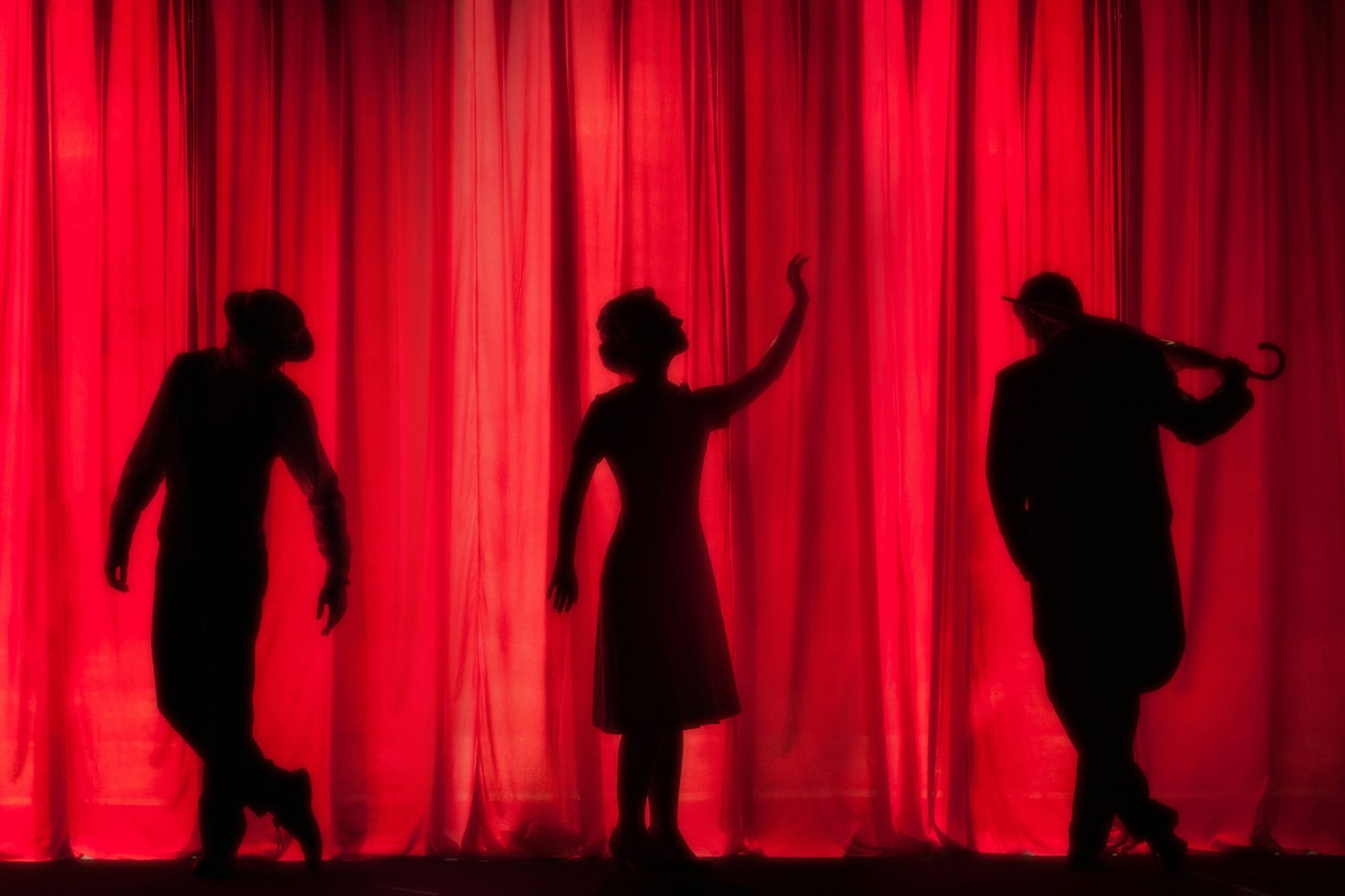Discovery of the Curtain Theatre: A Historical Milestone
On June 7, 2012, a significant archaeological milestone was reached with the discovery of the remains of the Curtain Theatre beneath a pub in Shoreditch, London. This revelation has profound implications for the study of Elizabethan theatre and the life and works of William Shakespeare. The Curtain Theatre, constructed in 1577, is one of the earliest known venues where Shakespeare’s plays were performed, making this find a treasured link to the past.
The excavation, led by the Museum of London Archaeology (MOLA), unveiled well-preserved remnants of the theatre, including sections of the walls, gravel yard, and wooden structures. These findings provide invaluable insights into the architectural and operational aspects of 16th-century playhouses. The meticulous excavation process involved careful stratigraphic analysis and documentation, ensuring that every fragment of history was preserved and studied.
The condition of the remains was astonishingly good, allowing historians and archaeologists to piece together the theatre’s original layout and design. The discovery included the theatre’s rectangular shape, which deviated from the more commonly circular playhouses of the time. This unique structure has sparked discussions among scholars about its influence on the performances and audience experience of the era.
The Curtain Theatre holds a distinguished place in the annals of theatre history. It was a hub for Elizabethan drama and a venue where some of Shakespeare’s earliest works, including “Romeo and Juliet” and “Henry V,” were performed. Its role in the burgeoning Elizabethan theatre scene cannot be overstated, as it contributed to the evolution of the performing arts during a pivotal period in English history.
This discovery is not only a testament to the cultural significance of the Curtain Theatre but also a beacon for future research. For historians and archaeologists, the unearthing of the Curtain Theatre remains offers a richer understanding of the period’s architectural and theatrical practices. It provides a tangible connection to the artistic and social dynamics of Shakespearean London, enhancing our knowledge of the era’s cultural landscape.
Relevant scholarly articles and external sources, such as MOLA’s detailed excavation reports and academic publications, further corroborate the importance of this find. These sources offer a comprehensive analysis of the site’s historical context, construction details, and its role in the Elizabethan theatre scene, solidifying the Curtain Theatre’s legacy as a cultural landmark.
The Curtain Theatre and Its Role in Shakespeare’s Career
The Curtain Theatre occupies a unique position in the annals of Elizabethan theatre, particularly due to its association with William Shakespeare. Constructed in 1577, the Curtain Theatre was one of the primary venues where some of Shakespeare’s earliest works were staged, contributing significantly to his burgeoning career. Notably, plays such as “Henry V” and “Romeo and Juliet” graced its stage, capturing the imaginations of Londoners and cementing Shakespeare’s reputation as a playwright of extraordinary talent.
Shakespearean London was a vibrant, bustling city teeming with a diverse populace eager for entertainment. The Curtain Theatre, situated in Shoreditch, was a focal point for such cultural pursuits. The audience demographics were broad, encompassing both the affluent and the common folk, thus making theatre an inclusive experience. Moreover, the theatre-going experience in the Elizabethan era was markedly different from today. It involved a lively atmosphere where audience interaction played a crucial role, and the physical proximity to the stage fostered a unique sense of engagement.
Playhouses like the Curtain Theatre were integral to the urban fabric, serving not just as entertainment venues but also as social hubs where people from various walks of life could converge. The discovery of the Curtain Theatre remains on 7th June 2012 has immensely enriched our understanding of Shakespeare’s work and the theatrical conventions of his time. This archaeological find has provided valuable insights into the design and structure of the theatre, including its rectangular shape and tiered galleries, which differed from the more famous, polygonal Globe Theatre.
The Curtain’s design facilitated a more intimate performance setting, which likely influenced the staging and presentation of Shakespeare’s plays. Comparatively, while the Globe Theatre’s grandeur and open-air structure are well-documented, the Curtain Theatre’s somewhat modest yet innovative architecture played an equally pivotal role in the evolution of Elizabethan theatre. This discovery has prompted renewed scholarly interest, with numerous studies exploring its historical and cultural significance.
For those keen on delving deeper into this subject, external references such as “Shakespeare’s Theatres and the Effects of Performance” by Farah Karim-Cooper and “The Shakespearean Stage” by Andrew Gurr provide comprehensive analyses of Shakespeare’s association with the Curtain Theatre. These resources offer further reading on how such playhouses were more than mere venues; they were the lifeblood of London’s theatrical heritage.

